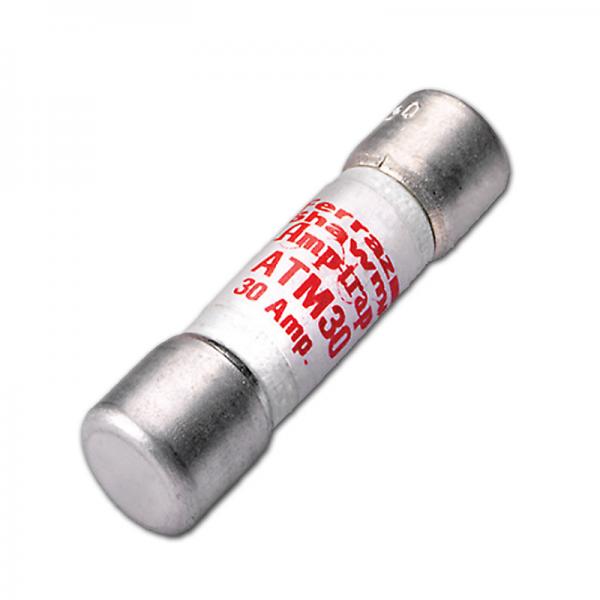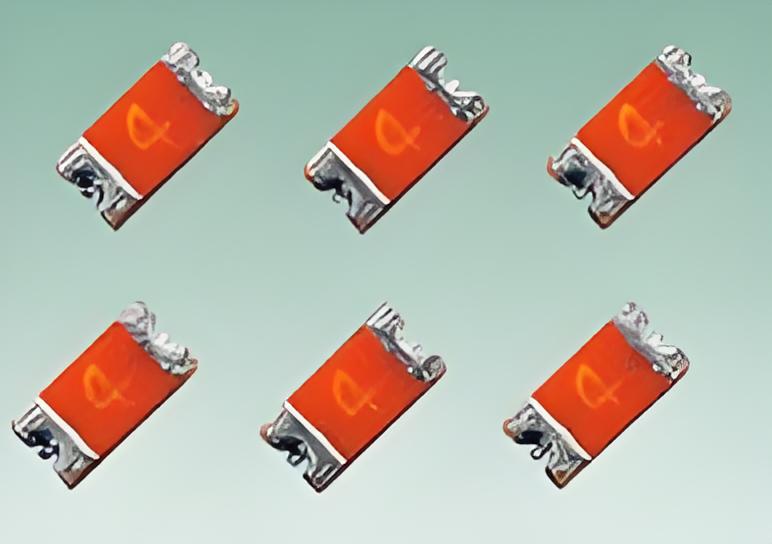Clause 3 – How to understand the definition of “protective device”
protective device: device, the operation of which prevents a hazardous situation under abnormal operation conditions
The standard emphasizes “abnormal operation” here. Only devices that operate under “abnormal operation” conditions can be defined as protective devices. Therefore, there are many types of protective devices, including overheating protection devices, overcurrent protection devices, and overpressure protection devices.
Overheating protection devices include the thermal link, non- self-resetting thermal cut-out, self-resetting thermal cut-out, thermal cut-out, etc. mentioned earlier, but thermostat and temperature limiter are not protective devices.
The typical overcurrent protection device is the current fuse. There are many types of general current fuses. We will not introduce them here. Readers can go to Google by themselves.
Overpressure protection devices include water pressure protection devices, air pressure protection devices, etc.
In addition, there are water level switches, interlocking switches or devices that prevent a hazardous situation, three-phase electrical phase sequence protection devices, Air Circuit Breaker(ACB), leakage current protectors, etc., as well as intentionally weak parts defined by the standard. We can search for the word “protective device” in the standard to see what requirement are given for the “protective device” standard. This way we can understand the definition in reverse. This method can also be used to understand other definitions.



